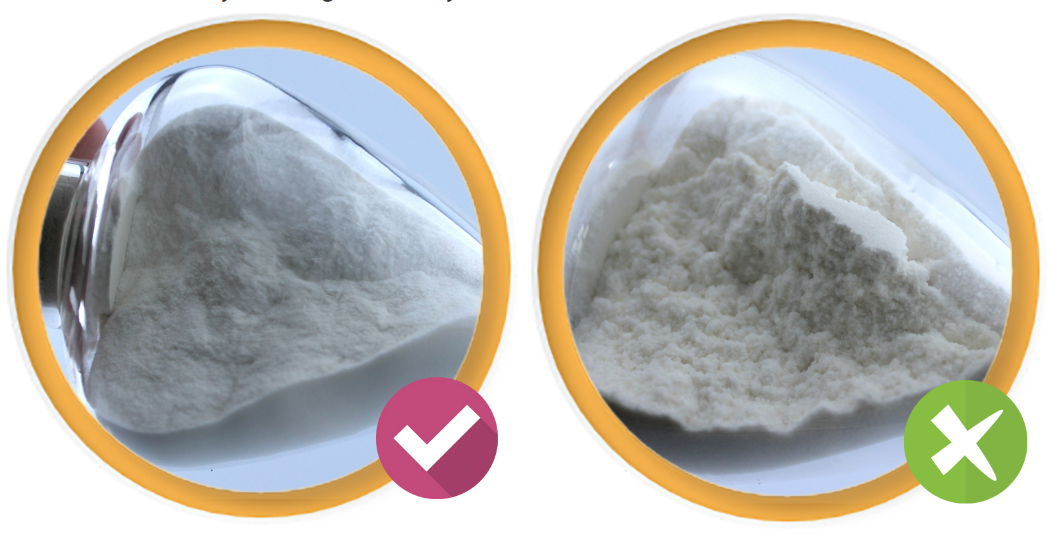
Iyul . 24, 2024 01:57 Back to list
The Process of Producing Hydroxyethyl Cellulose from Cellulose Derivatives and Chemical Reactions
How is Hydroxyethyl Cellulose Made?
Hydroxyethyl cellulose (HEC) is a non-ionic, water-soluble polymer derived from cellulose, which is a naturally occurring polymer found in the cell walls of plants. HEC is widely used in various industries including pharmaceuticals, cosmetics, construction, and food, owing to its thickening, gelling, and stabilizing properties. Understanding the production process of hydroxyethyl cellulose involves a few key steps that transform natural cellulose into a synthetic derivative.
Source Material Cellulose
The production of hydroxyethyl cellulose starts with cellulose, which is typically extracted from sources like wood pulp, cotton, or other fibrous plants. The cellulose obtained from these sources is characterized by long chains of glucose units, making it a complex carbohydrate. The natural structure of cellulose is rigid and insoluble in water, which necessitates a series of chemical modifications to enhance its solubility and functionality.
Etherification Reaction
The next step in producing hydroxyethyl cellulose is the etherification process. This process involves reacting the cellulose with ethylene oxide in an alkaline environment. Ethylene oxide is a highly reactive compound that interacts specifically with the hydroxyl groups present on the cellulose molecules. The reaction introduces hydroxyethyl groups into the cellulose chains, transforming it from a simple carbohydrate into a functional polymer.
The etherification reaction must be carefully controlled regarding temperature, pressure, and concentration. Typically, the reaction is conducted at elevated temperatures (around 80 to 100 degrees Celsius) in the presence of an alkaline catalyst, such as sodium hydroxide. This not only facilitates the etherification but also helps achieve a more uniform distribution of hydroxyethyl groups along the cellulose backbone.
Purification
how is hydroxyethyl cellulose made

After the etherification process, the resulting product is a crude form of hydroxyethyl cellulose that requires purification. This step is crucial to remove any unreacted materials and byproducts that may interfere with the quality and performance of the final product. The purification process often involves washing the crude product with solvents and water to separate impurities, followed by drying to yield a pure, fine powder of hydroxyethyl cellulose.
Characterization and Quality Control
Once purified, hydroxyethyl cellulose must undergo characterization to confirm its properties, such as molecular weight, degree of substitution, and viscosity. This is an essential step to ensure that the product meets industry standards and is suitable for its intended applications. Techniques like nuclear magnetic resonance (NMR) spectroscopy and viscometry are commonly used for this purpose.
Quality control is a vital aspect throughout the production process. Manufacturers must adhere to strict guidelines and regulations, especially when HEC is intended for use in pharmaceuticals and food products. This includes monitoring for contaminants and ensuring consistency in the physical and chemical properties of the hydroxyethyl cellulose produced.
Applications of Hydroxyethyl Cellulose
Due to its unique properties, hydroxyethyl cellulose finds numerous applications across various sectors. In the pharmaceutical industry, it is used as a binder and thickener in tablet formulations. In cosmetics, it serves as a stabilizer and emulsifier in creams and lotions. In the construction industry, HEC is added to cement and mortar to improve workability and water retention.
In conclusion, the production of hydroxyethyl cellulose is a complex process that involves the extraction of cellulose, followed by etherification and purification. The resulting polymer is crucial in a wide range of applications, making it a valuable ingredient in many everyday products. Understanding its production not only highlights the importance of maintainability in resource processing but also reflects the innovation applied in transforming natural materials into versatile synthetic compounds.
-
Unlocking the Benefits of HPMC Products: A Gateway to Versatile Applications
NewsAug.07,2025
-
Unleashing the Potential of HPMC Ashland: A Comprehensive Look
NewsAug.07,2025
-
Tile Bonding Cellulose: The Key to Superior Adhesion and Durability
NewsAug.07,2025
-
Hydroxypropyl Methylcellulose Powder: The Versatile Component in Modern Pharmaceuticals
NewsAug.07,2025
-
Hydroxyethyl Cellulose: The Versatile Solution for Various Industries
NewsAug.07,2025
-
Hydroxyethyl Cellulose (HEC): The Versatile Polymer for Various Applications
NewsAug.07,2025







